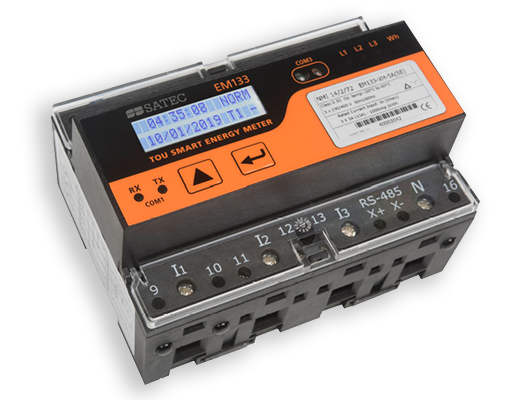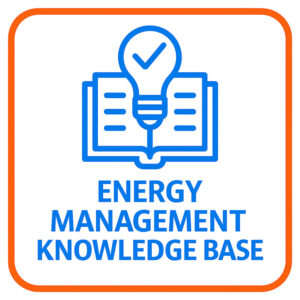Electricity energy metering accuracy is an important step in ensuring data integrity. Anomalies in measurements can, over a period of time, create hundreds or thousands of dollars in errors. The accuracy of an energy meter is dependent on multiple factors such: load of the network (full load conditions will be more accurate than partial load), Power Factor of the system, accuracy of the energy meter along with other factors.
Energy Metering Accuracy
The accuracy depends on the design and build quality of the meters input channels, a higher quality measuring meter will provide better accuracy but will increase the price of the product. Some major parameters impacting the accuracy measurement of an energy meter:
- Fluctuation of the reading value, represented in percentage % from the actual value (reading)
- A fixed error (“noises”) normally represented as percentage from full scale (FS) as its constant value
- For power and energy measurements, the phase shift between the voltage and the current also impact the accuracy, since the power equals voltage multiplied by current multiplied by the cosine of the phase angle.
- The phase angle accuracy is represented in degrees in current transformers creating additional errors to energy/power meters.
Accuracy Metering Standards
Since accuracy depends on the load of the system, AS/IEC have developed different standards to define accuracy under different load conditions and power factor known as “Accuracy Class”.
AS/IEC Standard 62053-11 covers Accuracy Class 0.5, 1.0 & 2 for electromechanical meters for active energy (watt-hours) which means the accuracy as a percentage from reading based on full load conditions and unity power factor. However the accuracy deteriorates under lower load conditions, power factor less than unity along with the presence of harmonics.
AS/IEC Standard 62053-21 covers Accuracy Class 1.0 & 2 for static/electronic meters for active energy (watt-hours) which means the accuracy as a percentage from reading based on full load conditions and unity power factor. However, accuracy deteriorates under various conditions such as low loads, power factor, balanced/unbalanced loads and the presence of harmonics.
AS/IEC Standard 62053-22 covers a higher Accuracy Standard of 0.2S and 0.5S for static/electronic for active energy (watt-hours) providing a higher “Accuracy Standard” under full load conditions and unity power factor in addition to better accuracy readings at much lower load currents, power factor conditions less than unity along with the presence of harmonics.
System Accuracy vs Metering Accuracy
The accuracy of any energy measurement system is the summary of its components – e.g. energy meter plus Current Transformer (CT), with the exception if a direct connected meter.
AS/IEC Standard 60044-1 and IEC 61869-2 defines the accuracy classes for CT’s. Subject to the loading of the CT, accuracy variances will occur from the quoted accuracy class. Such errors can be due to phase errors based on specified load impedance.
Current Transformers (CT) Accuracy is defined per IEC 60044-1: Classes 0.1, 0.2, 0.5, 1 and 3. In addition Accuracy Class 0.2S and 0.5S standards for CT’s apply for higher performance accuracy requirements. The class designation is the measure of the CT’s accuracy.
The ratio (primary to secondary current) error of a Class 1 CT is 1% at rated current; the ratio error of a Class 0.5 CT is 0.5% at rated current.
Installing an Energy Meter with Accuracy Class 0.5S as a minimum requirement assists in ensuring the electricity monitoring application has a high degree of repeatability in accuracy measurement, when taking into account the accuracy performance of the CT’s involved.
Think Smart, Think Accuracy, Think Performance





